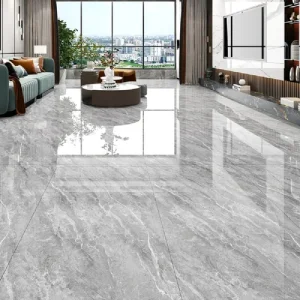
No matter if you’re building a new custom home or renovating an existing one, green practices can save money in the long run. Plus, they’re healthier for your family and the environment!
Reusing materials and products, making green renovations will improve your home’s performance, reduce energy bills, and even boost its resale value.
Energy Efficiency
If you’re building a new home or renovating an existing one, investing in energy efficiency can save money, improve indoor air quality and promote environmental sustainability. Not only that, but it makes your house more comfortable and durable which could increase its resale value.
Before beginning any major green remodeling project, it’s essential to conduct a home energy audit and identify where efficiency is lacking. A certified energy rater will identify problem areas and offer solutions for decreasing your energy usage.
Consider purchasing products made with responsibly-sourced materials. Cellular PVC, for instance, is a popular energy-saving window material but its production requires toxic emissions into the environment.
The EPA’s ENERGY STAR, WaterSense(r) and Zero Energy Ready Homes programs provide a range of green construction options. Each requires strict guidelines for energy-efficient design, construction and materials that can lead to cost savings opportunities.
Indoor Air Quality
When building or remodeling, you may need to regulate indoor air quality (IAQ). This includes controlling temperatures and humidity levels.
Indoor airborne contaminants, such as mold, cigarette smoke, cleaning supplies, pesticides or other chemicals, can have either immediate or long-term detrimental effects on human health. These include mold, cigarette smoke, cleaning supplies, pesticides or other chemicals not listed here.
People with sensitive respiratory systems or to these odors, dusts or chemicals may experience more intense symptoms. These may include shortness of breath, fatigue and other health issues.
In most cases, the solution to IAQ problems lies in source control. This involves reducing pollution from sources like smoking, consumer products and construction materials while also minimizing emissions from household activities.
Water Conservation
Water conservation is an essential aspect of green home construction and renovation. Not only does it save homeowners money, but it also lessens the strain on a limited supply of potable water.
Water efficiency refers to technologies and practices that provide equal or better service with less water consumption. At home, this could include using low-flow showerheads and toilets or installing dual plumbing systems that recycle the water used by bathrooms or kitchens.
Another way to conserve water is through drought-tolerant landscaping. This could include planting site-appropriate plants and using irrigation methods that require less water than traditional lawns or irrigated turf.
Engineers designing commercial buildings should consider water conservation when creating both mechanical and plumbing systems. Doing so not only helps save energy costs but also sends a corporate message about environmental responsibility.
Recycled Materials
Recycling not only is an environmentally friendly decision, but it can help your home retain its value. For instance, reclaimed flooring gives your residence a unique aesthetic that appeals to prospective buyers.
Recycled tile is a sustainable option for kitchen or bathroom renovations. Local construction recycling centers often have excess stock of tiles from previous projects, allowing you to reface your space instead of buying new.
Bamboo countertops are an eco-friendly choice for kitchen or bathroom, offering many styles to choose from. Not only are they sturdy and long-lasting, but also easy to maintain.
Reclaimed straw is an environmentally friendly building material for walls and ceilings, offering insulation while decreasing energy consumption. By recycling this waste by-product into compressed panels instead of burning them down, no embodied carbon is released, thus decreasing greenhouse gas emissions.




